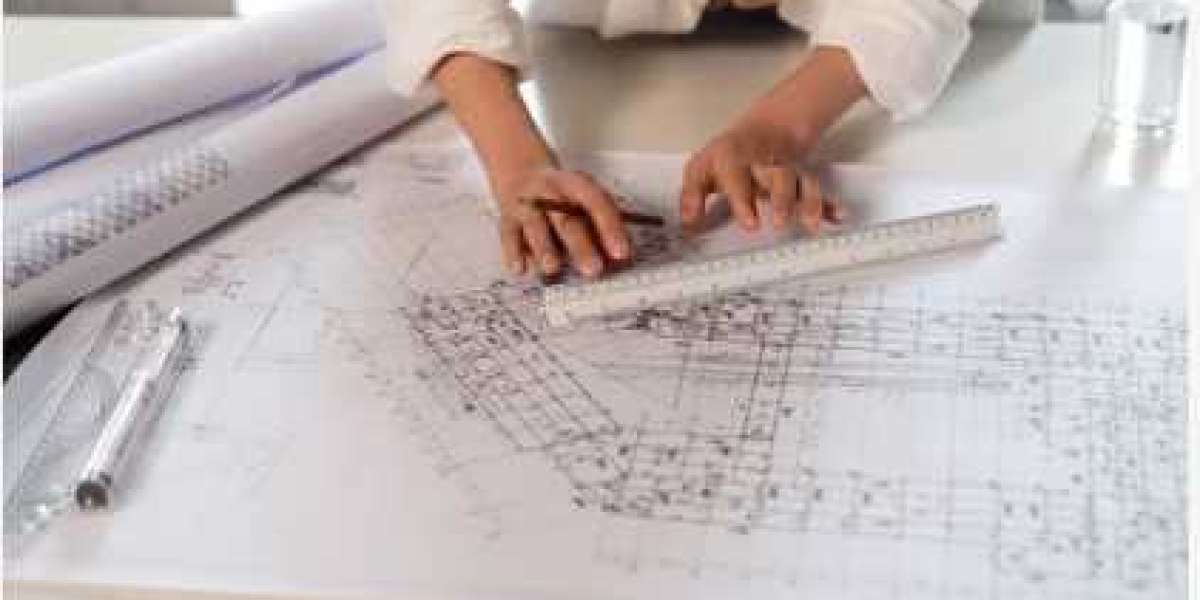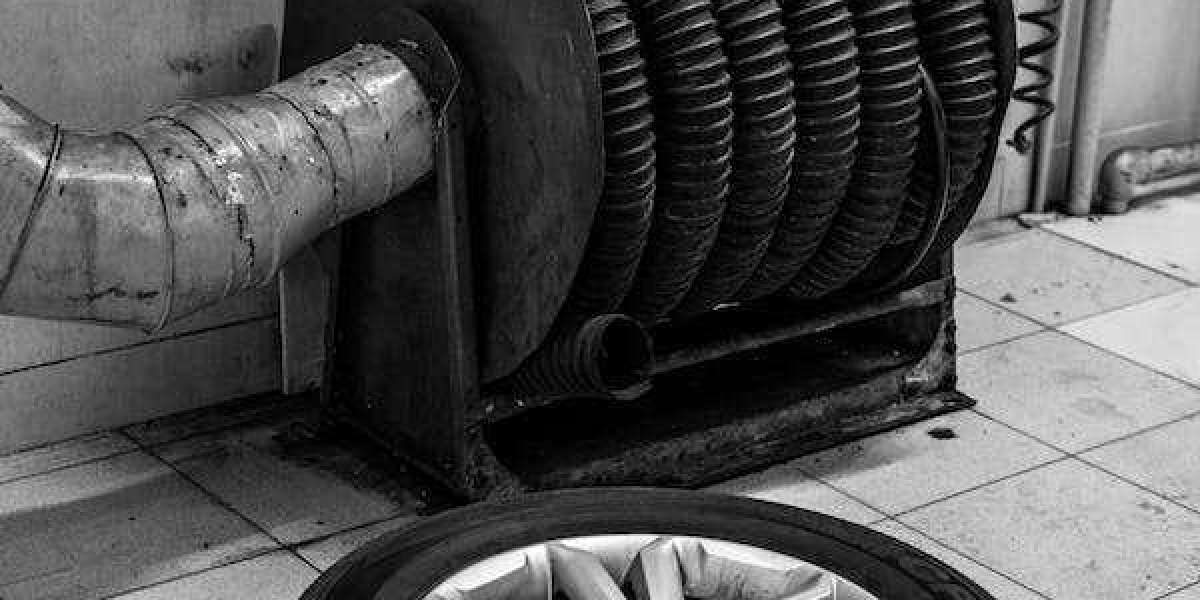In the realm of innovation, securing intellectual property rights is paramount. Utility patents, which grant inventors exclusive rights to their inventions, are a crucial tool for protecting groundbreaking ideas. Central to the process of obtaining a utility patent is the creation of precise and comprehensive utility patent drawings. These drawings serve as visual representations of inventions and play a pivotal role in aiding patent examiners and stakeholders in understanding the innovations. To ensure your patent application stands out and receives the approval it deserves, it’s essential to explore the world of professional patent drawing services. In this comprehensive guide, we will delve into the importance of utility patent drawings, the intricacies involved in crafting them, and the invaluable benefits of employing professional services.
The Significance of Utility Patent Drawings
In the realm of intellectual property protection, utility patents stand as a powerful means of safeguarding novel inventions. However, securing a utility patent involves more than just submitting a written description of your innovation. One of the critical components of the patent application process is the inclusion of utility patent drawings. These drawings serve as visual representations of your invention and play a vital role in helping patent examiners, attorneys, and other stakeholders understand your innovation with clarity and precision. In this article, we will explore the significance of utility patent drawings and why they are a fundamental aspect of the patenting process.
- Visual Clarity and Understanding
Utility patent drawings provide a visual language for comprehending an invention. Unlike written descriptions, which can sometimes be complex and open to interpretation, drawings offer a universal means of communication. They transcend language barriers and help individuals, including patent examiners and potential licensees, grasp the intricacies of the invention quickly and accurately.
Imagine trying to explain a sophisticated piece of machinery or a chemical process solely through words. It can be a challenging endeavor, and even the most detailed textual descriptions may not fully convey the invention’s essence. Utility patent drawings step in to bridge this gap, offering a clear and concise visual roadmap that aids in comprehension.
- Legal Requirement
Most patent offices, including the United States Patent and Trademark Office (USPTO), require the inclusion of utility patent drawings in patent applications for most inventions. This requirement underscores the drawings’ significance in the patenting process. Non-compliance with this requirement can result in delays or even the rejection of your patent application. Thus, adherence to this fundamental aspect of patent law is not optional but rather a necessary step in securing patent protection. - International Considerations
For inventors seeking patent protection beyond their home country, standardized utility patent drawings become even more crucial. Different countries have their own sets of patent regulations and guidelines. The use of standardized drawings can streamline the international patent application process, ensuring that the invention is consistently and comprehensibly represented worldwide. - Effective Communication
Utility patent drawings play a vital role in effective communication. When presenting your invention to potential investors, partners, or collaborators, visual aids can be highly persuasive. Well-crafted drawings can convey complex ideas and concepts more efficiently than lengthy technical descriptions. They make it easier for non-technical stakeholders to understand and appreciate the invention’s value and potential applications. - Infringement Defense
In the unfortunate event of patent infringement, well-drafted utility patent drawings are invaluable as evidence in legal proceedings. They can help establish the scope and uniqueness of the patented invention, aiding in the defense of intellectual property rights. These drawings can serve as a powerful tool for patent holders seeking to protect their investments and innovations.
The Craft of Utility Patent Drawings
Utility patent drawings are not just technical illustrations; they are a vital component of the patent application process. These drawings are more than simple sketches; they are detailed visual representations that play a critical role in helping patent examiners and reviewers understand the intricacies of an invention. Crafting these drawings is a specialized craft that combines technical precision with artistic skill. In this article, we will explore the craft of utility patent drawings, highlighting the steps involved and the skills required to create these essential visuals.
- Understanding the Invention
Before embarking on the creation of utility patent drawings, it’s crucial to have a deep understanding of the invention. This understanding goes beyond a surface-level description and requires a comprehensive grasp of how the invention works. This often involves:
- Reviewing the patent application: Carefully study the written description and claims in the patent application to understand the key elements and functions of the invention.
- Consulting with the inventor: Engaging in discussions with the inventor to gain insights into the invention’s purpose, functionality, and unique features.
- Preliminary Sketches
Once a comprehensive understanding of the invention is achieved, the next step is to create preliminary sketches. These initial drafts serve several purposes:
- Visualization: Preliminary sketches help visualize how the invention will be represented in the final drawings.
- Problem Identification: They can identify potential challenges in accurately depicting the invention and suggest solutions.
- Feedback Loop: Preliminary sketches are often shared with the inventor and patent attorneys to gather feedback and ensure alignment with the invention’s details.
Detailed Drafting
The heart of the craft of utility patent drawings lies in the detailed drafting phase. During this stage, the actual utility patent drawings are created. Here are some key aspects of this step:
- Specialized Tools and Software: Professional drafters often use specialized software and tools to create highly accurate and precise drawings. These tools ensure that the drawings conform to specific requirements set by patent offices, such as size, margins, and numbering.
- Clarity and Detail: Utility patent drawings must be clear and contain all necessary details. This requires a keen eye for accuracy and the ability to represent complex technical concepts visually.
- Compliance: Patent offices have stringent rules regarding the content and formatting of utility patent drawings. Compliance with these rules is crucial to avoid delays or rejections in the patent application process.
- Iterative Process: The drafting phase often involves multiple iterations. Feedback from inventors and patent attorneys helps refine the drawings to ensure they accurately represent the invention.
Finalization
Once the utility patent drawings have undergone the necessary revisions and refinements, they are finalized for submission with the patent application. This finalization phase includes:
- Ensuring Compliance: Double-check that the drawings adhere to all patent office guidelines and regulations.
- Quality Assurance: Conducting a thorough quality check to verify that all details are accurate and clear.
- Integration: Incorporating the finalized drawings into the patent application, ensuring they complement and enhance the written description.
The Role of Professional Patent Drawings Services
When it comes to securing a utility patent for your invention, one of the critical components of the patent application process is the creation of high-quality utility patent drawings. These drawings are not just illustrations; they are a crucial means of conveying the intricacies of your invention to patent examiners, attorneys, and other stakeholders. To ensure that your patent application is successful and your invention is accurately represented, many inventors turn to professional patent drawing services. In this article, we will explore the role of professional patent drawing services and the benefits they offer.
- Expertise and Specialization
Professional patent drawing services employ skilled draftsmen and illustrators who specialize in creating patent drawings. These professionals have a deep understanding of the technical and legal aspects of patent drawings. Their expertise ensures that your drawings meet the stringent requirements of patent offices and adhere to specific guidelines.
Drawing up a patent-worthy illustration involves more than just artistic talent. It requires a comprehensive grasp of patent laws and regulations, an understanding of various industries and technologies, and the ability to translate complex technical concepts into clear and accurate visuals. Professional services have the knowledge and experience needed to excel in this specialized field.
- Precision and Accuracy
Precision is paramount in utility patent drawings. Even minor errors or inaccuracies can lead to misunderstandings and jeopardize the success of your patent application. Professional patent drawing services employ specialized tools and software that enable them to create drawings with the utmost accuracy.
These tools assist in maintaining consistent dimensions, proportions, and labeling. They also help ensure that the drawings are in full compliance with the specific requirements of the patent office, such as margins, font sizes, and line thickness. Professional drafters pay meticulous attention to detail, ensuring that every element of the drawing aligns with the invention’s description.
- Compliance with Patent Office Guidelines
Different patent offices have their own sets of guidelines and regulations regarding utility patent drawings. Navigating these guidelines can be a daunting task for inventors, especially those unfamiliar with patent laws. Professional patent drawing services are well-versed in these guidelines and ensure that your drawings comply with all necessary criteria.
Compliance with patent office guidelines is essential because failure to adhere to these rules can result in delays or rejection of your patent application. By entrusting the task to professionals, you reduce the risk of costly mistakes and ensure that your application proceeds smoothly.
- Time Efficiency
Creating utility patent drawings can be a time-consuming process, especially for inventors who are already juggling various aspects of their invention and patent application. Professional patent drawing services allow you to focus your time and energy on other critical tasks, such as refining your invention or preparing your patent claims.
- Cost Savings
While professional patent drawing services come with a fee, the cost of redoing or amending drawings due to errors can be significantly higher. Investing in professional services upfront can save you money in the long run. It also reduces the risk of unnecessary delays in the patent application process, which could result in missed opportunities or increased legal fees.
Conclusion
In conclusion, utility patent drawings are not mere technical illustrations; they are indispensable tools in the patent application process. These drawings serve multiple critical functions, from providing visual clarity and understanding to fulfilling legal requirements and aiding in effective communication. They also play a pivotal role in defending intellectual property rights in case of infringement.
The craft of creating utility patent drawings is a specialized skill that requires a deep understanding of the invention, precision, attention to detail, and adherence to strict guidelines. Professional patent drawing services bring expertise, specialization, precision, and compliance with patent office regulations to the table, making them an invaluable asset for inventors seeking to secure their intellectual property.
By entrusting the creation of utility patent drawings to professionals, inventors can save time, reduce the risk of errors, and ultimately increase the likelihood of a successful patent application. The significance of these drawings cannot be overstated, as they are a bridge between groundbreaking ideas and legal protection. They are not just drawings; they are the visual keys to unlocking the potential of innovation in the world of patents.
Read More:
Elevating Innovation: The Importance of Professional Patent Drawings Services
The Role of Technology in Modern Patent Drawing Creation
DIY vs. Professional Services: When to Use Software for Utility Patent Drawings








